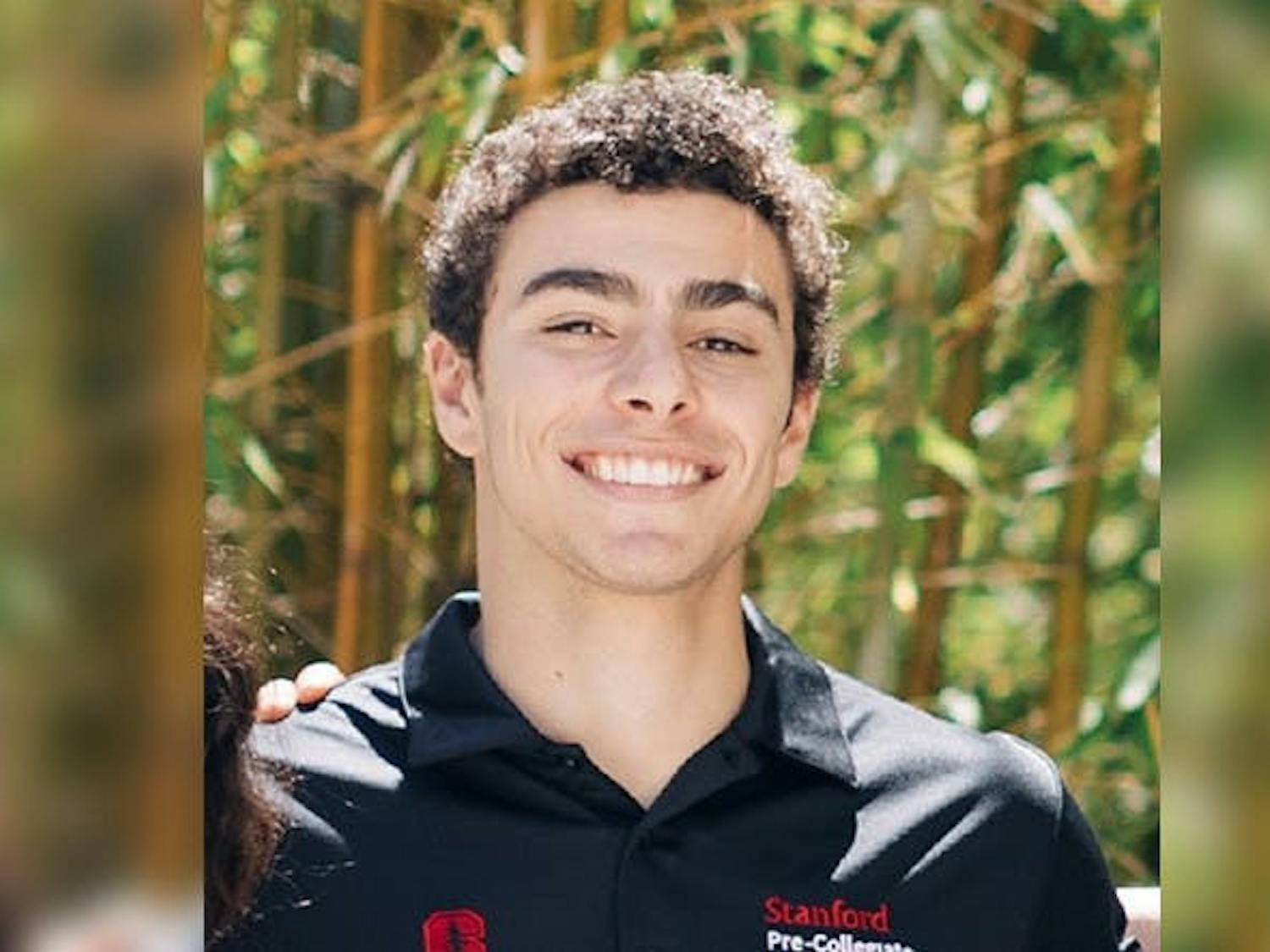DALLAS -- The cost of a 30-second commercial during tonight's NCAA Tournament game between No. 2-seed Texas and No. 15 Penn? That'll be $300,000. But for the two schools playing the game -- or in any other nationally televised matchup on CBS -- you're entitled to a free advertisement that publicizes your school. That is, if your school makes an ad. Texas' "institutional spot," as it's commonly called, will be airing sometime during tonight's game that tips off at about at 9:40 p.m. Penn, however, will not be airing an ad during primetime. It has none, and officials at the Office of University Communications -- which, among other things, is responsible for promoting Penn in the media -- said that they were unaware that the school is even entitled to such a commercial. The confusion may also stem from the fact that officials from various Penn departments do not seem to know who is responsible for creating and distributing such an ad. University Communications official said that the office was not made aware of the free ad by CBS or the NCAA. They said that the responsibility for the ad may fall on the shoulders on another University department, like Admissions or Athletic Communications. Officials from these departments contend that this sort of matter would indeed likely be handled by University Communications. The University had no official comment on matter, according to University spokesman Ron Ozio, and no University officials would speak on the record about the incident. Institutional spots are a common part of contracts between college athletic programs and television networks. In the NCAA Tournament, CBS allows each University playing in a game to air a 30-second commercial advertising the school -- not just its athletic programs but the school as a whole. University communications officials across the country say that networks often do not explicitly ask for ads. Instead, they insist that schools should be expected to know the terms of their television contracts and know which ones include institutional spots. "The onus is really on us," said Don Hale, vice president of public affairs at the University of Texas. Still, dozens of Division I schools do take advantage of the institution spots, including schools like the University of Alabama, the University of Texas and even Penn's chief rival, Princeton. The Ivy League university recently signed a television contract to air several of its games on ESPNU, including the Tigers' most recent game against Penn. This entitled Princeton to institutional spots. The only problem was that they didn't have a commercial. Therefore, the school made one -- featuring everything from science labs to its performing arts. According to Jamie Zaninovich, Princeton's assistant athletic director for marketing, commercials that may cost several thousand dollars to produce are still well worth the price. "If you evaluated the cost per spot, it will definitely pay itself off in the long run," he said. Leonard Lodish, a Wharton marketing professor who has studied the effects of advertising during sporting events, agrees. "I'm astounded," he said upon hearing the news that Penn won't be taking advantage of its free ad. "Sure, it costs a good amount of money to produce a commercial. But the cost of producing a commercial is in the thousands to tens of thousands; maybe $100 thousand if they really go nuts. And the value of the time is worth so much more." Hale said that institutional spots are a critical way in which the University of Texas promotes the university as a whole. "At the root of all of them is to depict the university's role in Austin and the role we play in the world," he said. "In the East, we have a sense of Texas as tumbleweed and flat land, and Austin is totally different than that. It gives a surprising look to people outside of Texas that there's more to us than what you hear or see during sporting events." Chandra Clark, a producer and reporter who works in the University of Alabama's broadcast marketing and media department, agreed. Alabama's ads boast that the school has more academic all-Americans than any other University in the nation, and that it has won more academic awards than Harvard. "It showed that we have the best and brightest at a public institution that is best known for football," she said. She also said that a school would be "foolish to turn these things down," noting the importance of "millions of people who ... are watching." Both Hale and Clark agreed that the main point of these ads are not necessarily to lure more applicants. Rather, they are a way of showing sports fans that there is more to the university than just the team playing on the court. Lodish said he is not sure how effective ads of this type are but added that "there's a good chance that [they] will work." And for Penn, he said that such a commercial could be a good way of introducing the University to a sporting audience that likely knows very little about it. In recent years, University Communications and other Penn administrators have sought to increase the school's national name recognition. Penn played 13 televised basketball games this season and another four in football. It is likely that the school could have aired institutional ads during most -- if not all -- of these contests. Certainly, the school would have been entitled to ads on three of these games played as part of the Ivy League's contract with the YES Network. "The YES contract calls for two minutes of ad time for the league," Ivy League official Chuck Yrigoyen said in an e-mail. "Usually we fill that up with a combination of institutional spots and [ads advertising the league's online store, IvySport.com]. There are some Ivy schools that don't have an institutional, and in those cases we just run the IvySport ad multiple times. "That does not cost the League anything, nor does it cost the school to run the institutional."
The Daily Pennsylvanian is an independent, student-run newspaper. Please consider making a donation to support the coverage that shapes the University. Your generosity ensures a future of strong journalism at Penn.
DonateMore Like This
Here’s how Penn plans to celebrate America’s 250th anniversary
By
Arti Jain
·
9 hours ago
Van Pelt Library discontinues bag check security policy
By
Christine Oh
·
9 hours ago








